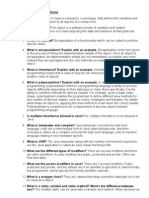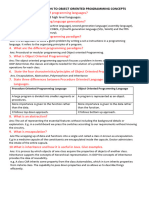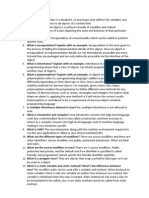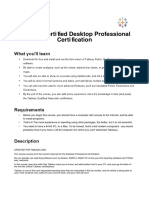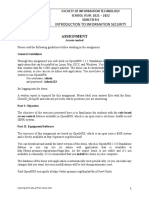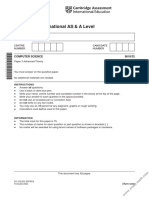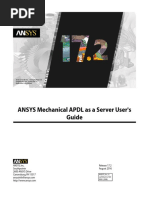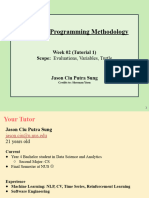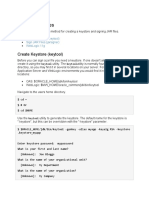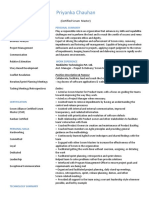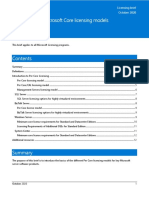0% found this document useful (0 votes)
96 views6 pagesJava Viva Questions: 1) OOP Principles
1. The document discusses various Java programming concepts including the inventor of Java, object-oriented principles, data types, arrays, constructors, methods, exceptions, multithreading, inheritance, interfaces, packages and applets.
2. Key topics covered include object-oriented concepts like classes, objects, encapsulation and polymorphism. Programming concepts like arrays, exception handling, multithreading and life cycles are explained. Common collection classes and I/O stream classes are also listed.
3. The document provides definitions and examples of various Java concepts to help understand the language at a fundamental level.
Uploaded by
Roshan KumarCopyright
© © All Rights Reserved
We take content rights seriously. If you suspect this is your content, claim it here.
0% found this document useful (0 votes)
96 views6 pagesJava Viva Questions: 1) OOP Principles
1. The document discusses various Java programming concepts including the inventor of Java, object-oriented principles, data types, arrays, constructors, methods, exceptions, multithreading, inheritance, interfaces, packages and applets.
2. Key topics covered include object-oriented concepts like classes, objects, encapsulation and polymorphism. Programming concepts like arrays, exception handling, multithreading and life cycles are explained. Common collection classes and I/O stream classes are also listed.
3. The document provides definitions and examples of various Java concepts to help understand the language at a fundamental level.
Uploaded by
Roshan KumarCopyright
© © All Rights Reserved
We take content rights seriously. If you suspect this is your content, claim it here.
/ 6






